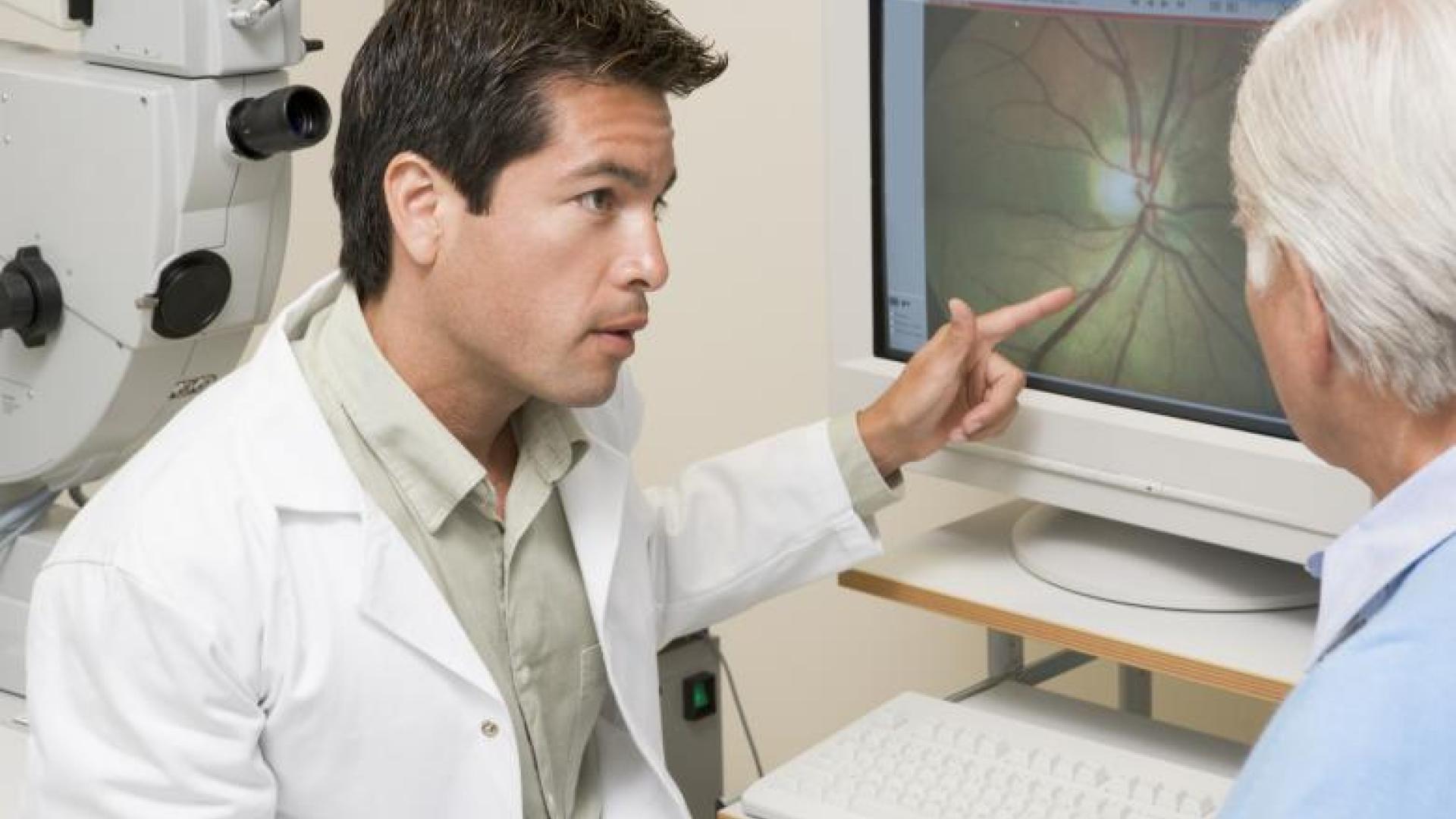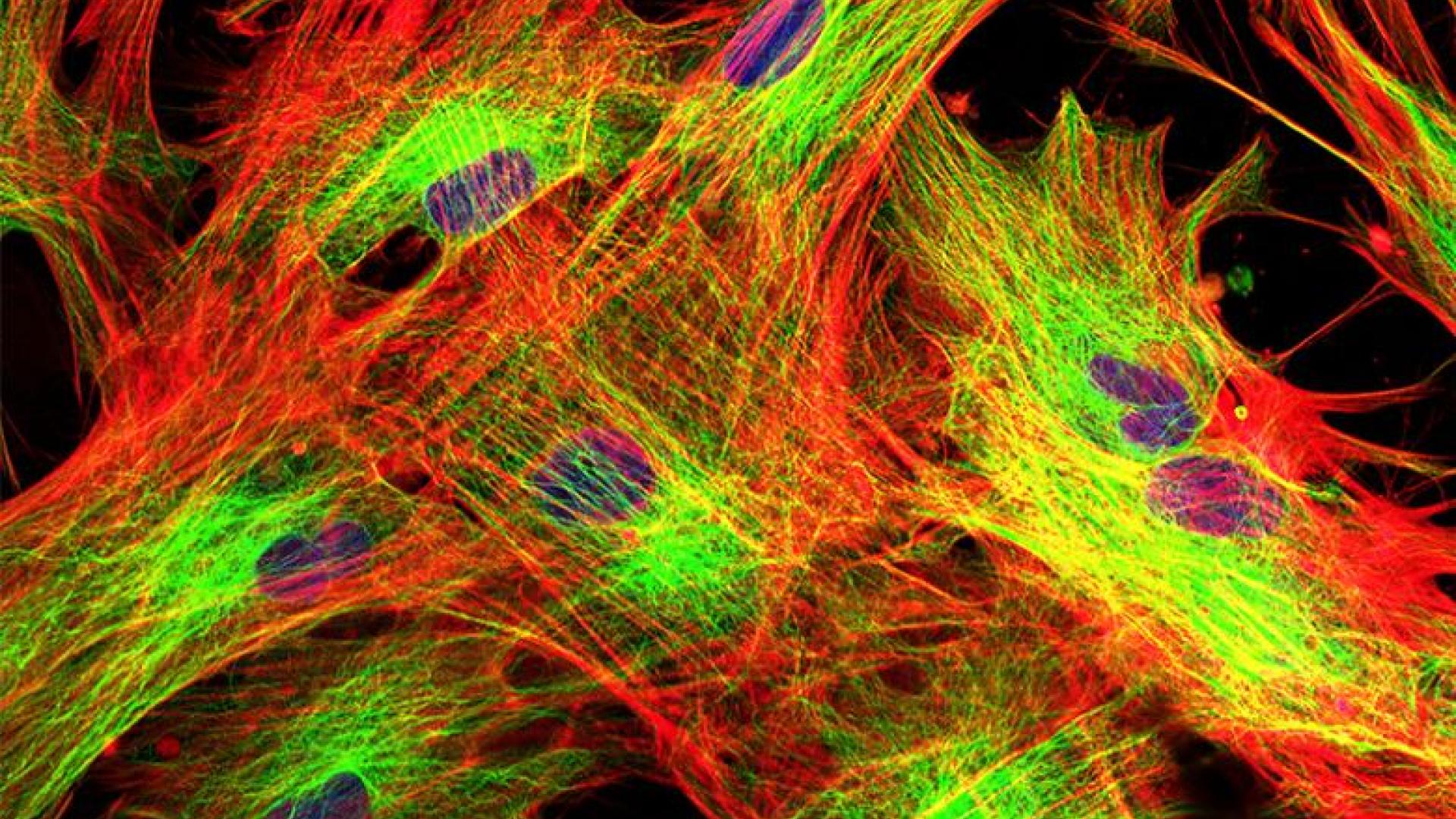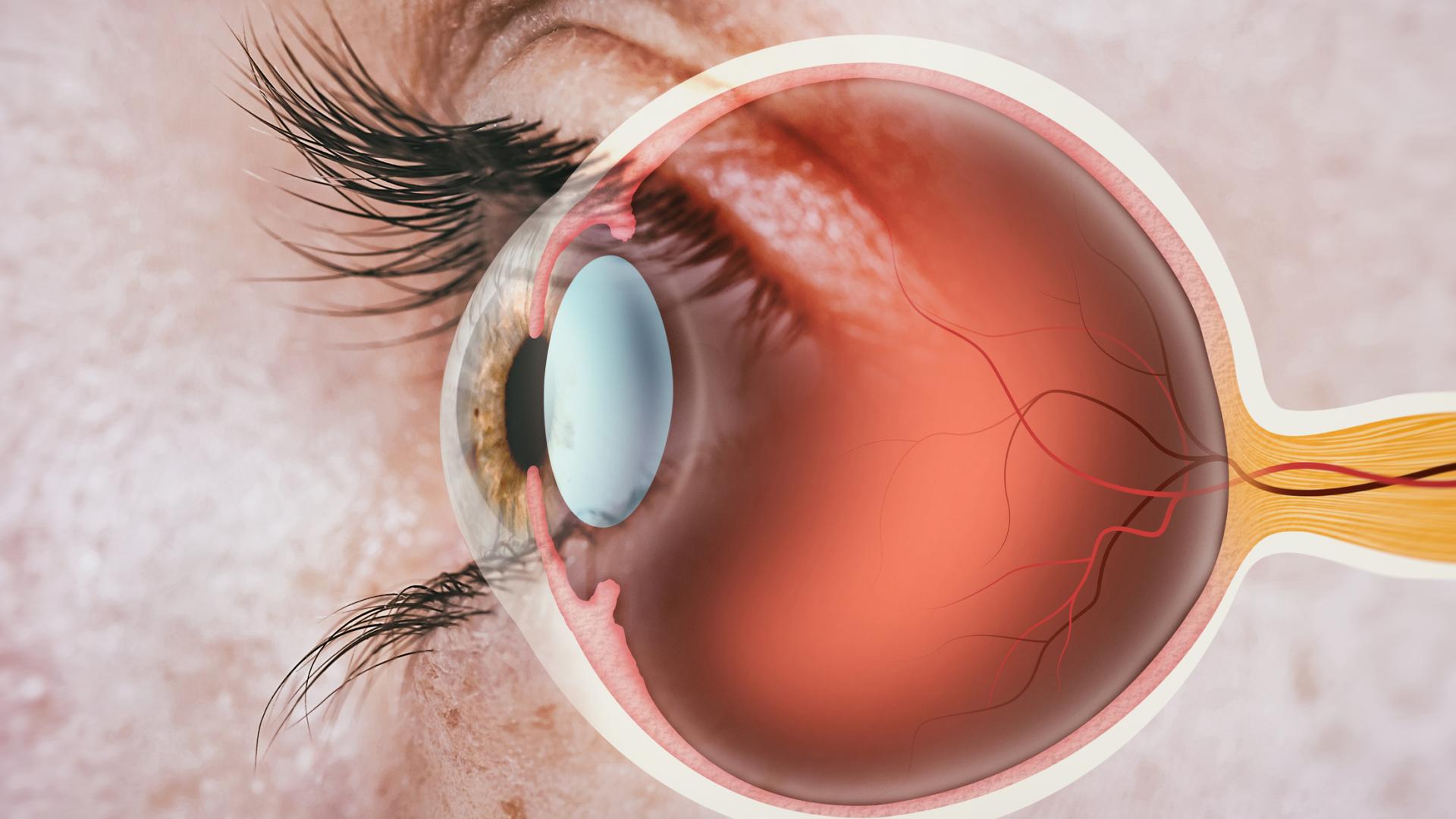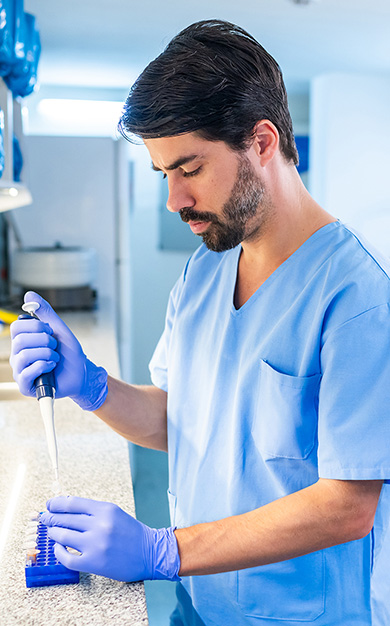
A glaucoma suspect—someone at a higher risk for glaucoma—usually comes to the attention of an eye doctor for several reasons: the eye pressure is found to be elevated above normal, there is a strong family history of glaucoma, or the optic nerves have a suspicious appearance. It is also possible for a patient to be called a glaucoma suspect due to the presence of several risk factors. However, a definitive diagnosis of glaucoma is often made over time, since most forms of glaucoma are slowly progressing.
Glaucoma Suspect
A glaucoma suspect is an individual who demonstrates one or more factors that put them at higher risk of a glaucoma diagnosis but do not yet have glaucoma damage. Sometimes this is referred to as pre-glaucoma or borderline glaucoma.
Characteristics of a glaucoma suspect include:
- High intraocular pressure (IOP) or ocular hypertension
- Unusual or defective visual fields
- Other optic nerve features suggestive of glaucoma
Once a baseline status is determined, periodic follow-up visits with the eye doctor are necessary to see if there are changes to the appearance of the optic nerve, the visual field, or the internal eye pressure, for example. For this article, the topic is limited to the “open-angle” glaucoma suspect. In open-angle glaucoma, which is the most common form of glaucoma, the drainage angle has a typical open appearance. Another form of glaucoma, angle-closure glaucoma, is a separate entity and will not be discussed here.
The Eye Exam
A full history and eye examination should be performed to determine whether a patient is a glaucoma suspect. The doctor will evaluate vision, the pupils, eye pressure, and corneal thickness, and examine the front and back of the eye. There is also an examination of the drainage “angle” or drainage system of the eye by using a special lens with mirrors, called gonioscopy. It is important to determine whether the drainage angle is open or closed. Baseline visual field testing and optic nerve imaging are also obtained to assess the structure of the optic nerve more effectively.
Risk Factors for Glaucoma
Eye doctors also assess whether the patient has risk factors for glaucoma or has abnormalities of the eye that might provide clues as to a cause for the glaucoma. The risk factors for open-angle glaucoma include but are not limited to increasing age, elevated intraocular pressure, ethnic background (African Americans and Hispanics are at higher risk for glaucoma), family history of glaucoma, corticosteroid use (especially eye drops), and certain eye conditions such as nearsightedness or having a thin cornea.
Treatment Options
If you are a glaucoma suspect, the most important treatment is good follow-up care. Sometimes eye doctors are on the fence about whether to start treatment, and it is only through repeat follow-up visits that they get a sense of whether or not a patient has glaucoma or not. Thus it is very important for patients to maintain follow-up care, and typically for a low-risk glaucoma suspect this may require visits every 6 to 12 months. At each follow-up visit your eye doctor will check your vision and eye pressure, and examine the front and back of your eye, paying careful attention to the appearance of your optic nerves.
Some tests are commonly performed to assess the structure and function of the optic nerve. To examine the structure of the optic nerve, your doctor will perform a careful examination in the office, obtain optic nerve imaging, and obtain a baseline set of optic nerve photographs. To examine the function of the optic nerve, an automated visual field test we be implemented with the help of a technician, who will instruct you on the correct way to perform the test. All of these tests may be repeated at yearly intervals (or more or less frequently, as determined by your eye doctor) to assess if there are changes or “progression” over time. The follow-up visits are crucial to maintaining optimal eye health.
Initial treatment options include topical eye drops or laser treatment of the drainage angle to increase the amount of fluid draining from the eye, both of which can lower the eye pressure. The decision to treat is often not a cut-and-dry one; your ophthalmologist will assess all of your risk factors, your examination findings, and seek your input as to whether to treat or continue to observe your eyes over time. Some patients prefer to “watch and wait” or are worried about the side effects of treatment, while others may be more risk-averse and would rather begin treatment and have peace of mind. There are some glaucoma risk calculators available but most eye doctors would agree that these may aid in diagnosis and assessment, but will not replace your doctor’s clinical judgment.
Questions to Ask Your Eye Doctor if You Are a Glaucoma Suspect
The following are good questions to ask your eye doctor:
- Is my eye pressure elevated?
- Are there abnormalities in my optic nerve or field of vision?
- What are my risk factors for open-angle glaucoma?
As you build a relationship with your eye doctor and continue appropriate follow-up care as a glaucoma suspect, the decision concerning whether to begin treatment or not will become clearer. The good news is that if glaucoma treatment is required and begins early when there is little or no damage to the optic nerve, the risk of serious vision loss is quite small.
About BrightFocus Foundation
BrightFocus Foundation is a premier global nonprofit funder of research to defeat Alzheimer’s, macular degeneration, and glaucoma. Since its inception more than 50 years ago, BrightFocus and its flagship research programs—Alzheimer’s Disease Research, Macular Degeneration Research, and National Glaucoma Research—has awarded more than $300 million in research grants to scientists around the world, catalyzing thousands of scientific breakthroughs, life-enhancing treatments, and diagnostic tools. We also share the latest research findings, expert information, and resources to empower the millions impacted by these devastating diseases. Learn more at brightfocus.org.
Disclaimer: The information provided here is a public service of BrightFocus Foundation and is not intended to constitute medical advice. Please consult your physician for personalized medical, dietary, and/or exercise advice. Any medications or supplements should only be taken under medical supervision. BrightFocus Foundation does not endorse any medical products or therapies.
- Eye Health
- Eye Tests
- Risk Factors









